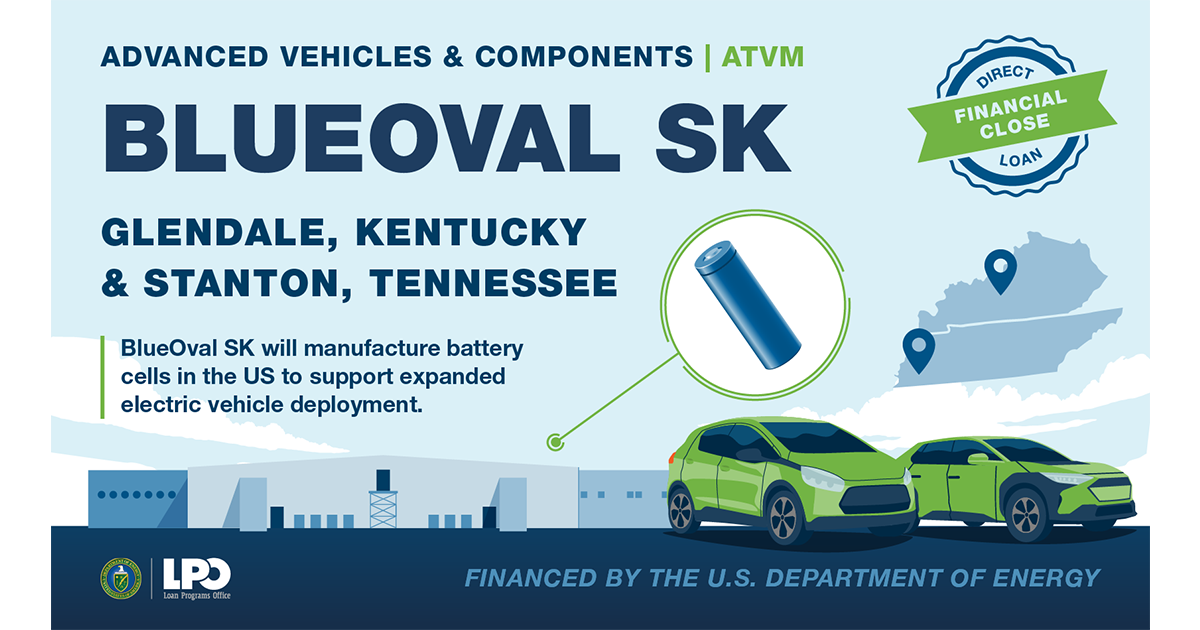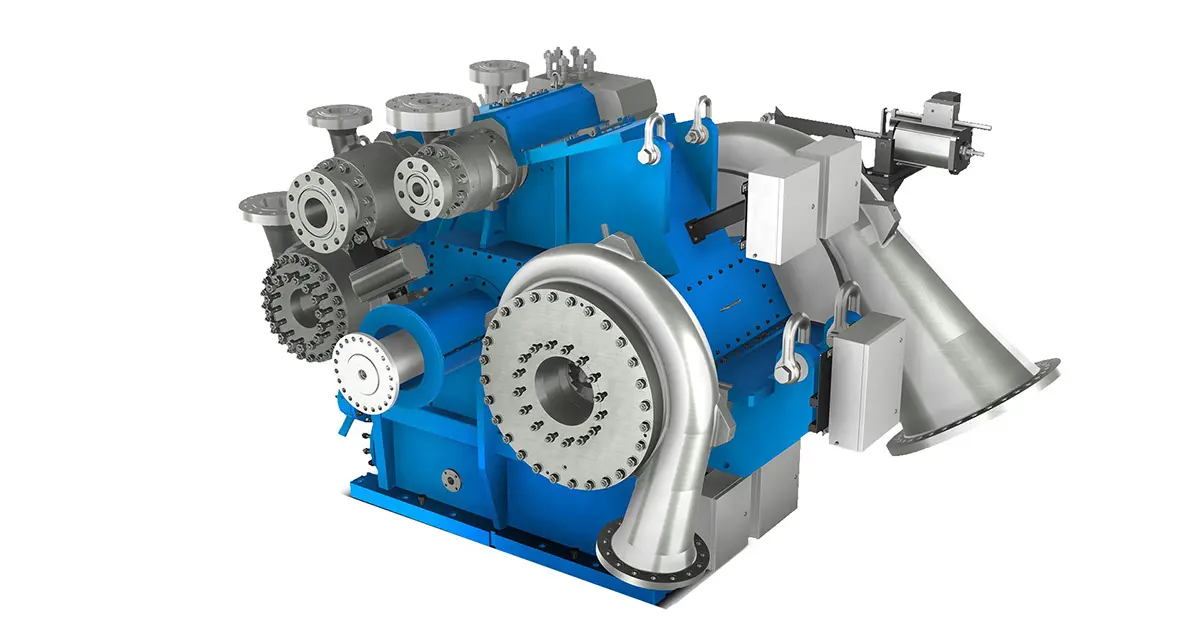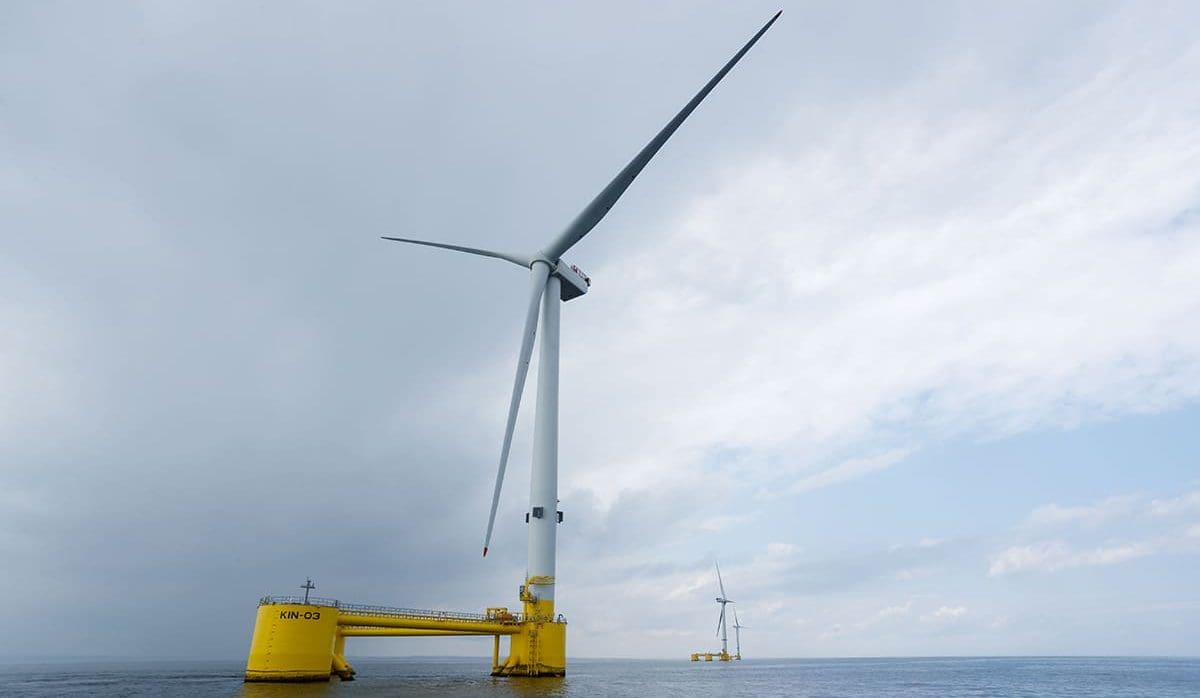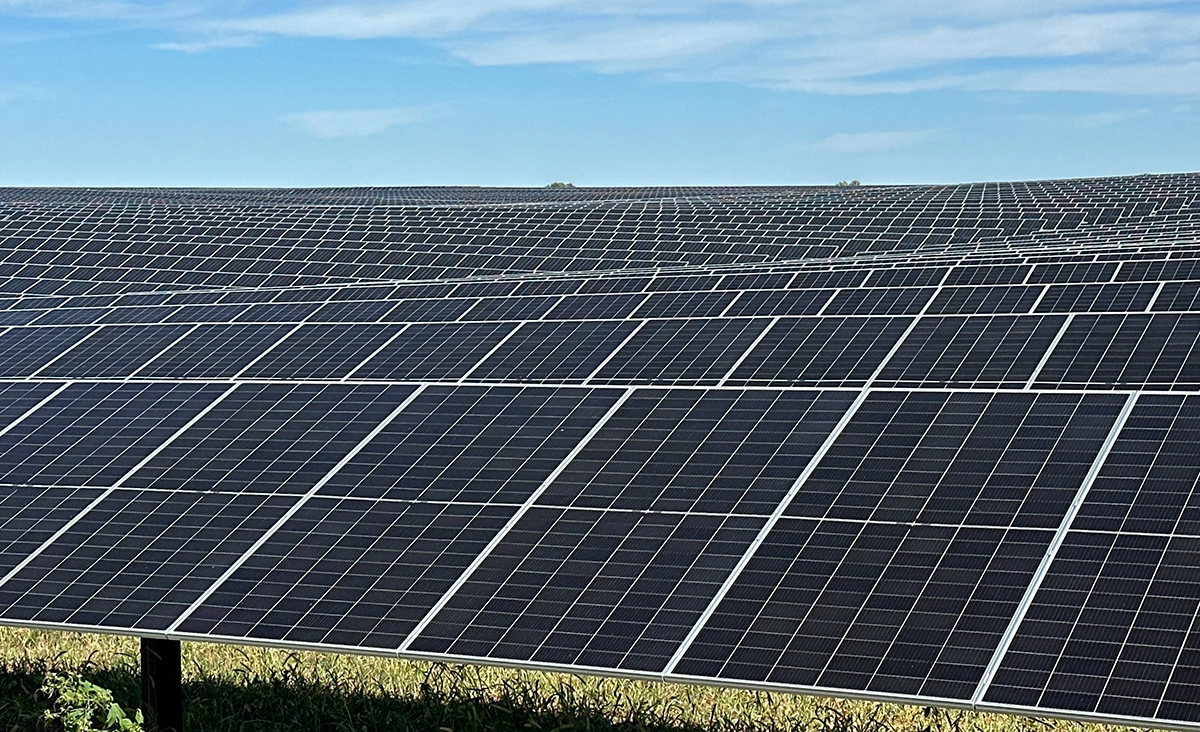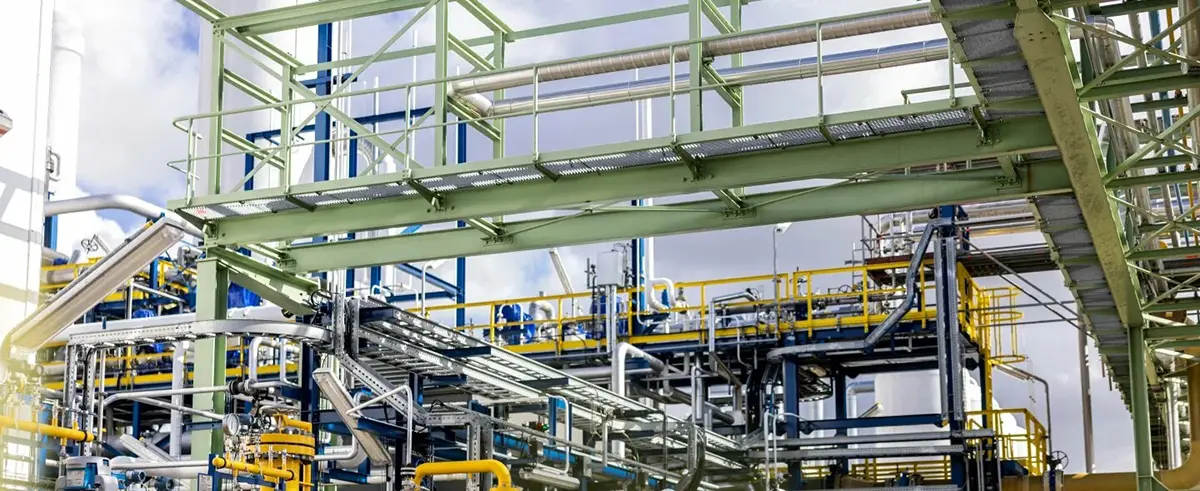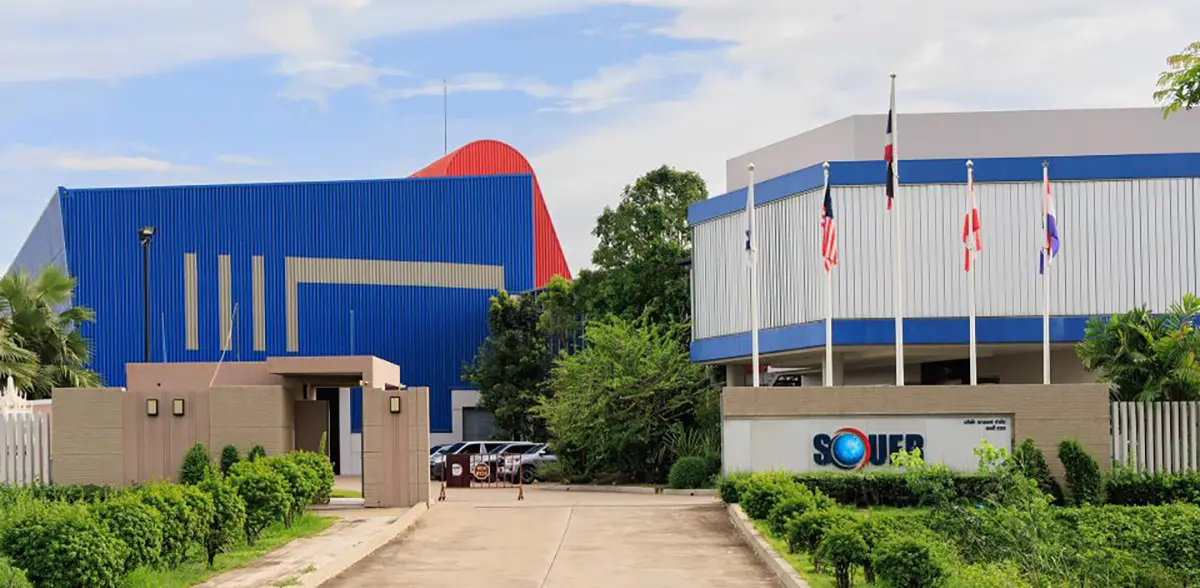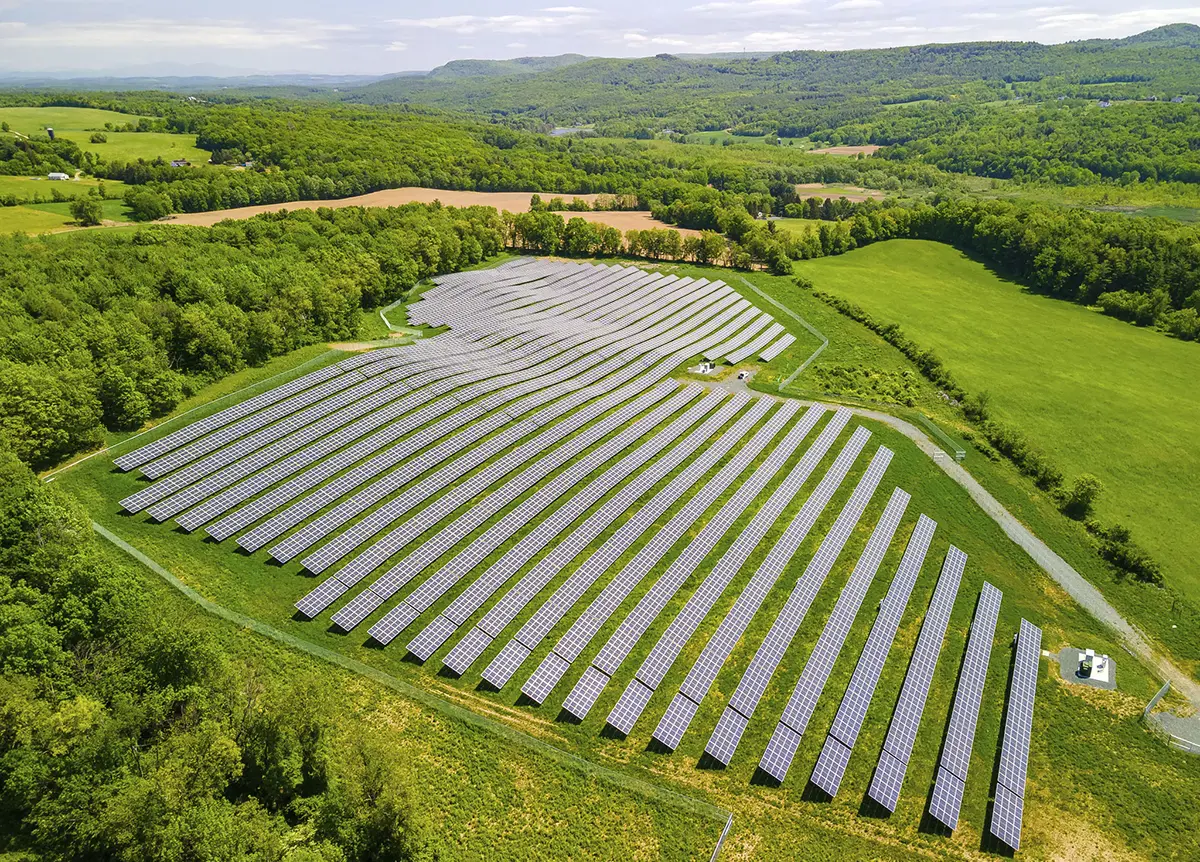
Oil & Gas Wastewater For Hydrogen Production
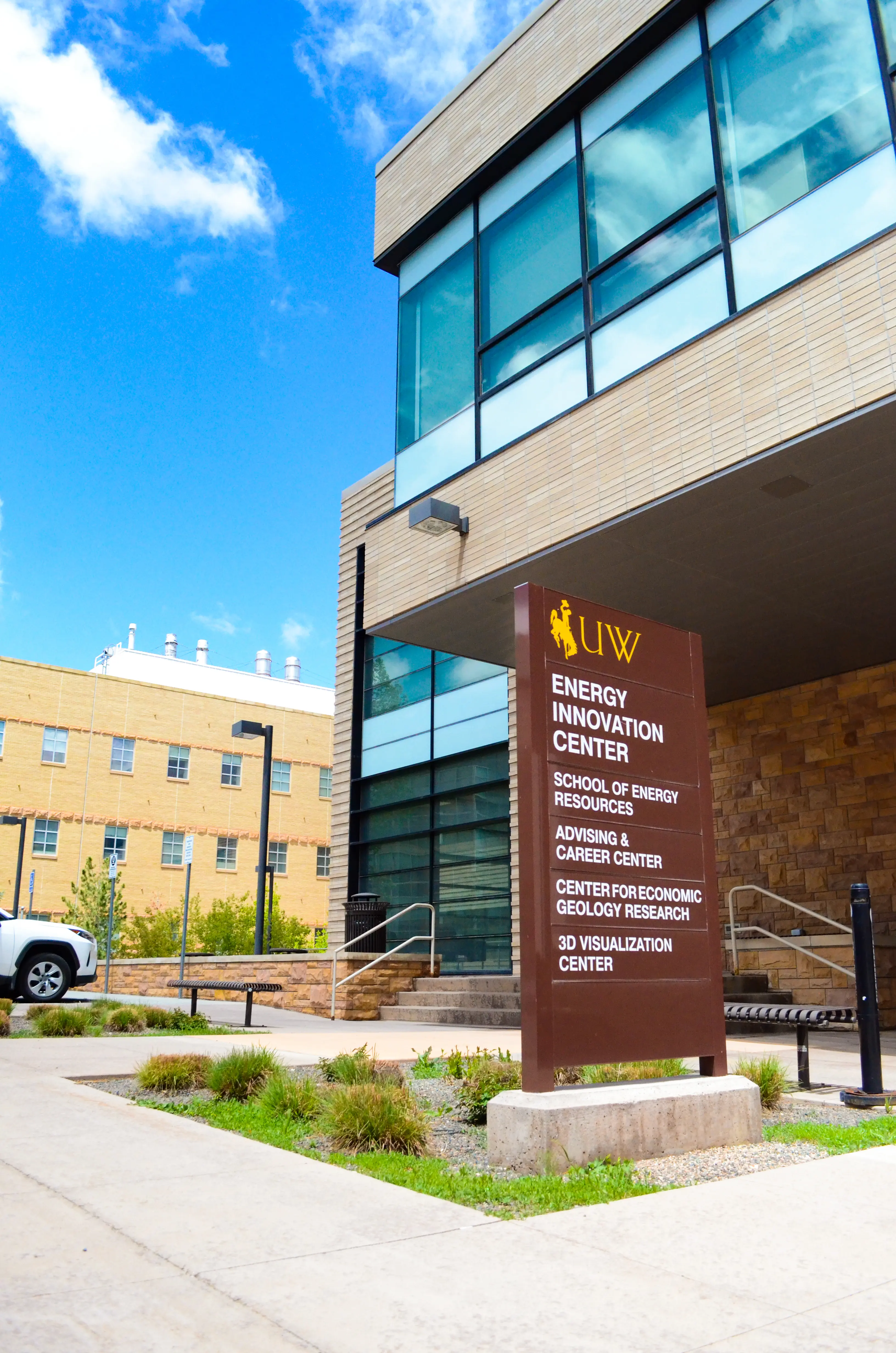
The Hydrogen Energy Research Center (H2ERC) in the University of Wyoming’s School of Energy Resources (SER) is set to lead a collaborative project integrating a produced water thermal desalinization technology along with autothermal or steam methane reforming (ATR/SMR) for efficient hydrogen production.
Partnered with Los Alamos National Laboratory; Engineering, Procurement, and Construction LLC (EPC); and Williams, one of the nation’s largest energy infrastructure companies, the project aims to demonstrate hydrogen production using water produced during oil and gas extraction.
“Water is a very valuable resource in Wyoming and in the arid West,” said H2ERC Director Eugene Holubnyak. “Hydrogen production requires water to produce so, if we are able to utilize water that would be normally considered a waste product from oil and gas production and turn it into a value-added resource for another energy-producing technology, we are effectively helping two different energy industries in Wyoming while conserving an indispensable resource.”
In August, the US Department of Energy (DOE) Office of Fossil Energy and Carbon Management announced that the project had been selected to negotiate a nearly US$5 million award as part of the expanded “Clean Hydrogen Production, Storage, Transport and Utilization to Enable a Net-Zero Carbon Economy” funding opportunity with cost share among the project partners, bringing the total endeavor up to US$10 million.
The initiative aims to continue advancement in hydrogen technologies that can improve performance, reliability, and flexibility of existing and novel methods to produce, transport, store, and use hydrogen in support of the nationwide goals of reducing greenhouse gas and achieving economy-wide net-zero emissions.
Over the course of two years, the project team will construct a containerized demonstration unit and test unit at a Williams-owned natural gas treatment and compression plant in southwest Wyoming. During this time, there will be some research into the technology at Los Alamos to resolve remaining challenges associated with integration.
“This work in Wyoming and national laboratories is a critical step to advance our strategy to blend hydrogen into the natural gas stream and transport it via existing infrastructure to further improve the emissions footprint of heating, cooling, cooking, and power generation,” said Williams New Energy Ventures Vice President Brian Hlavinka. “Our ultimate goal is to inject hydrogen into our natural gas pipeline assets as a blended fuel to be used within the state, as well as delivered to the Pacific Northwest or other demand centers via our nearly 4000-mile [6437-km] bidirectional transmission system known as Northwest Pipeline.”
Co-principal investigators on the project include Charles Nye, an associate research scientist in SER’s Center for Economic Geology Research; Prashant Sharan, a staff scientist at Los Alamos; and John Cornish, the president of EPC. Williams will be closely involved in the project’s field testing.
The team will integrate a technology called supercritical water desalination and oxidation (SCWDO) with ATR/SMR. SCWDO uses heat to remove salts, metals, and organic molecules from water. ATR/SMR then combines this pure water with methane to produce hydrogen.
The heat-intensive SCWDO process can successfully be coupled to the front of the ATR/SMR process.
“This project will go beyond water conservation, and we hope to show that an old, traditionally inefficient process can, in fact, be very efficient when paired with the right technologies,” said Nye. “SCWDO makes hot clean water, and SMR needs hot clean water. Normally those heating steps are separate and wastefully duplicative. By heating the water only once and keeping it hot throughout the chain of technologies, we will show better net efficiency.”
According to the project team, these efficiencies and economies of scale will help the project field-demonstrate a 15% cost reduction over existing ATR/SMR technologies at the scale around 1 ton of hydrogen per day.
Supported by the state of Wyoming, the Anschutz Foundation, and Williams, H2ERC is an SER center of excellence that focuses on applied research to support the growth of the hydrogen industry in Wyoming. It leads investigative analysis to identify and quantify the relative competitive advantages of Wyoming in an emerging hydrogen economy and collaborates with Wyoming stakeholders to support growth of a hydrogen industry focused on serving the state’s existing energy customers and growing new markets. This project is the first competitive grant to be awarded to H2ERC. In the coming years, H2ERC expects to bring more valuable projects to Wyoming and Wyoming’s industries.
About the Author
Christine Reed is director of outreach at the University of Wyoming School of Energy Resources.

